

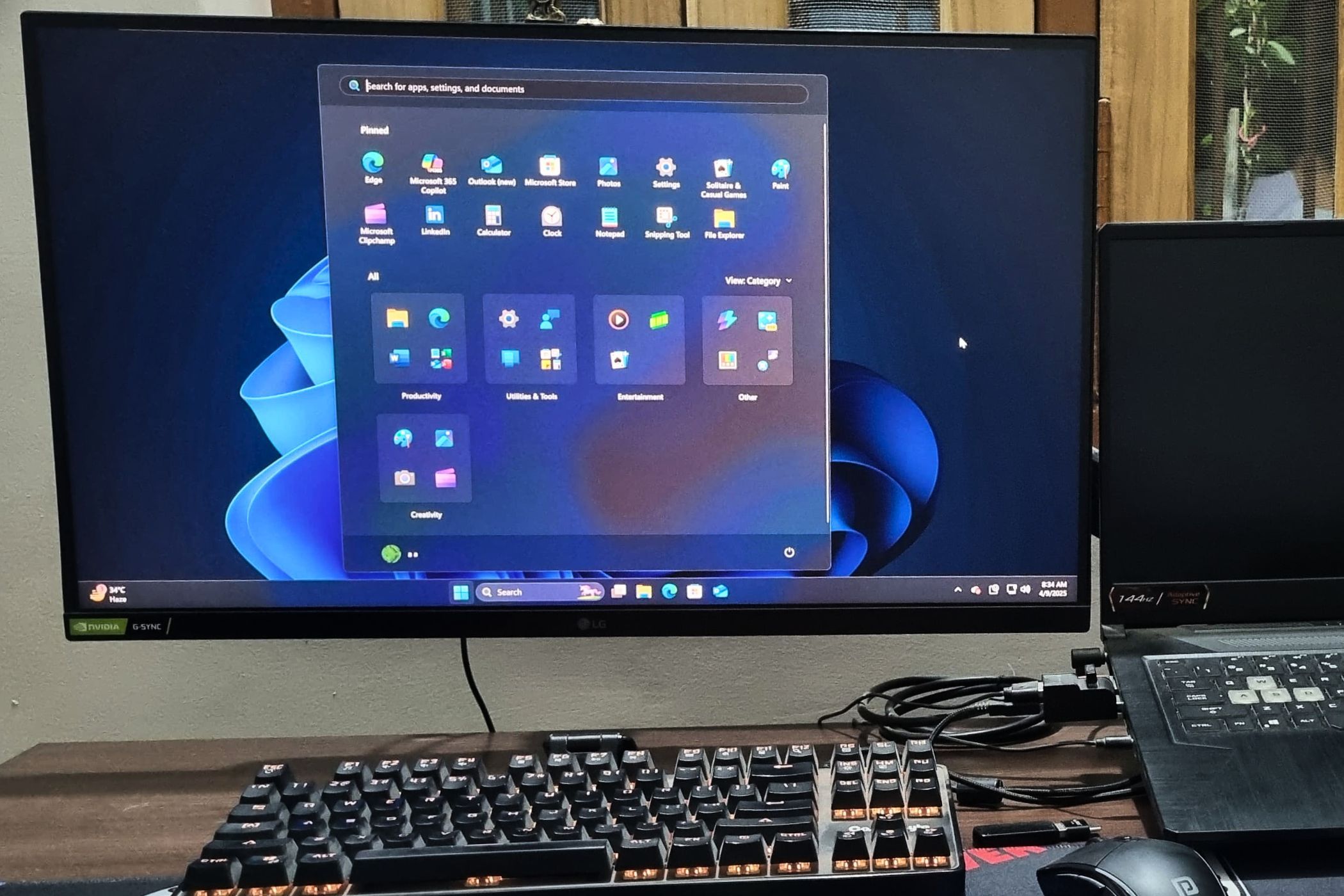
Microsoft has transformed its popular Snipping Tool by introducing text extraction capabilities, a feature that fundamentally changes how users interact with information captured from their screens. With this addition, users can now instantly copy text from screenshots or images, streamlining the process of digitizing anything from notes to receipts without the need for manual retyping. This elevated utility significantly improves workflows for anyone conducting regular research, gathering references, or managing documentation—the process is no longer hindered by the tedious step of transcribing text by hand.
Seamless integration with Windows makes this enhancement even more powerful. The Snipping Tool now slides directly into daily routines without any learning curve or additional software installation. Both students and professionals will appreciate the accurate text capture that reduces potential human error and speeds up project completion. By bridging the gap between static images and editable text, Microsoft turns a simple screenshot utility into a core productivity driver. In a work environment where efficiency and information accuracy are paramount, this shift means users can spend less time on repetitive tasks and more time on meaningful work. Expert reviews agree that such smart, incremental upgrades are essential to maintaining momentum in digital productivity tools, ensuring that even legacy utilities remain relevant and valuable over time.
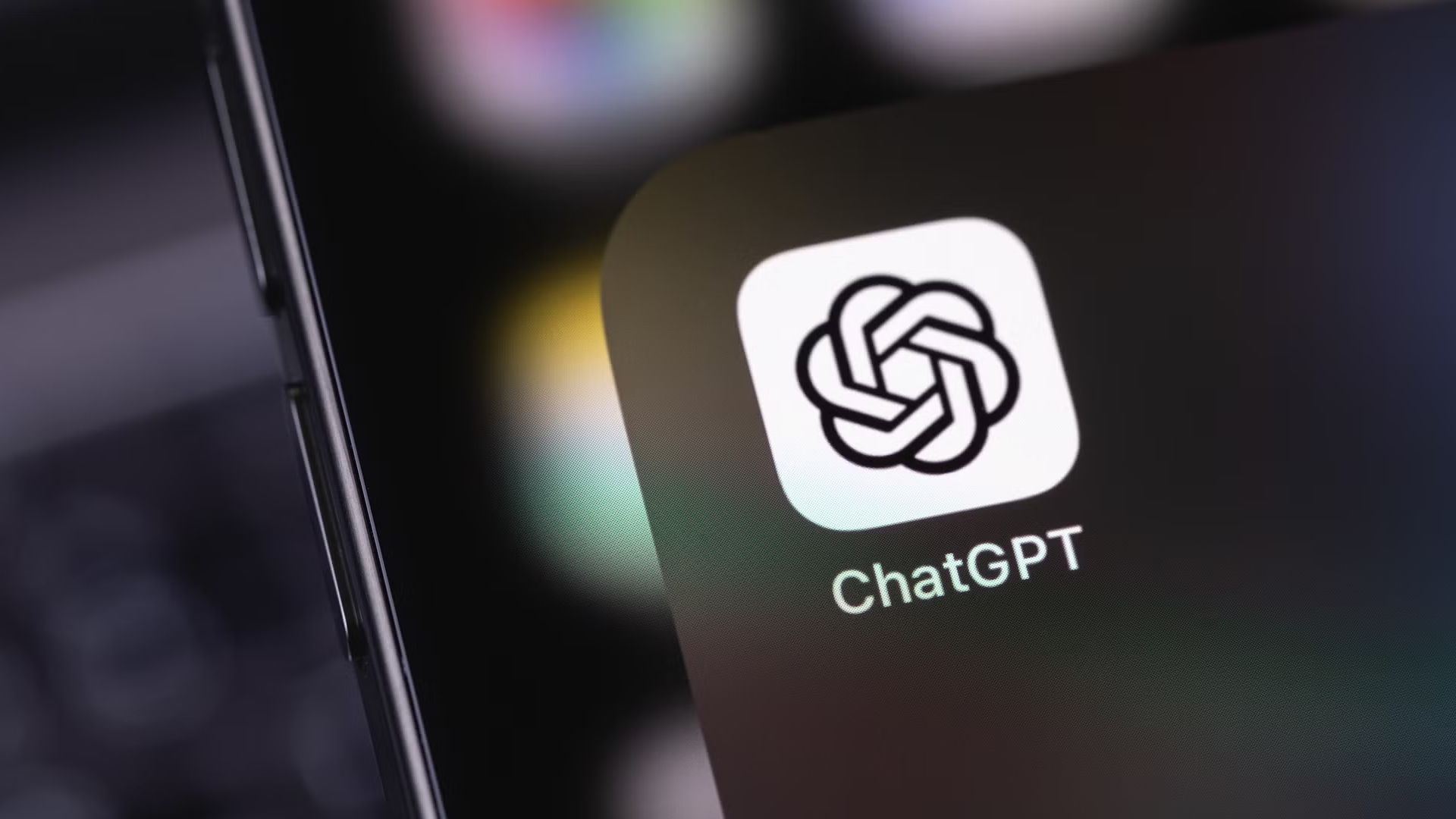
OpenAI's ChatGPT has expanded its repertoire by introducing an Image Library—a centralized location for all AI-generated visuals within the platform. This new feature makes it dramatically easier for users to access, manage, and repurpose AI-created images for ongoing projects, presentations, or creative campaigns. For designers, marketers, and content creators, the library means no longer scrambling through chat histories or scattered downloads to find a specific image. Everything is neatly organized and just a few clicks away, with intuitive navigation and search functionality designed to minimize workflow interruptions.
The impact of this feature goes beyond convenience. With creative projects often requiring multiple iterations and referencing previous work, ChatGPT's Image Library supports a more dynamic and flexible creative process. Users can revisit, reuse, and even modify images for new contexts, underscoring the platform's commitment to streamlining creative output. By reducing friction and consolidating visual assets, this update aligns ChatGPT more closely with the evolving needs of professionals who operate in fast-paced, content-driven industries.
Industry experts have noted that managing digital assets has become increasingly challenging as AI-generated content proliferates. According to Sarah Chen, digital asset management specialist: "The integration of an image library directly into generative AI platforms represents a significant step forward for creative professionals who may generate dozens of visual iterations for a single project." Research shows that professionals spend approximately 20% of their work time simply searching for digital assets they've previously created. The new ChatGPT Image Library addresses this pain point directly.
Additionally, the library introduces tagging capabilities and organizational folders, allowing users to create custom taxonomies for their visual content. Teams working on multiple campaigns can now separate client work while maintaining consistent access protocols. For agencies and marketing departments juggling numerous visual assets across different accounts, this centralized approach reduces miscommunication and duplicated efforts. As generative AI becomes more embedded in professional workflows, such organizational tools will be essential for maintaining efficiency and creative momentum.
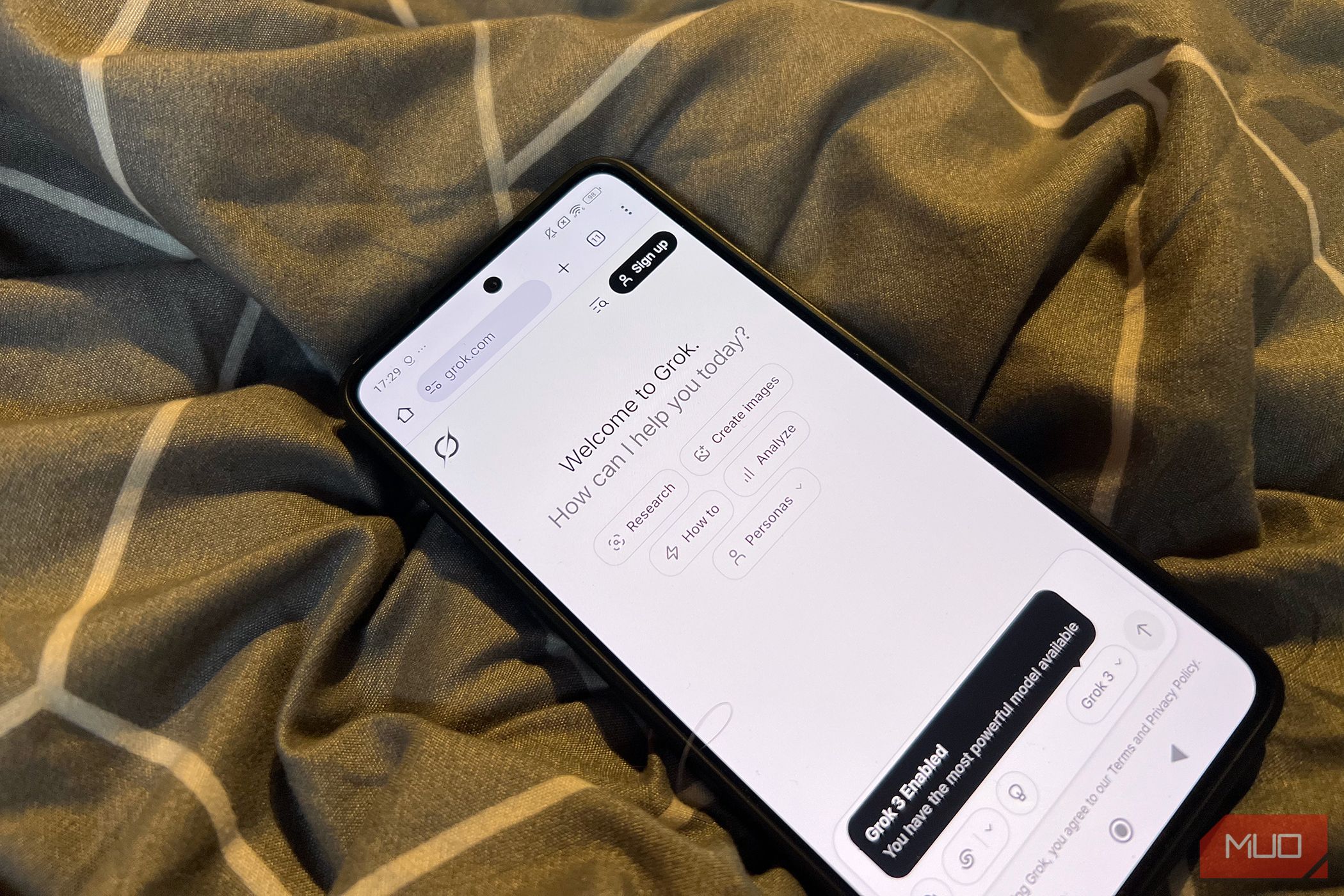
Grok Studio's latest update represents a significant leap forward in the all-in-one AI workspace market, consolidating an impressive array of productivity tools into one collaborative platform. Now, users can code, build apps, and generate documents without ever leaving the Grok ecosystem. This unified approach is a game-changer for teams who previously juggled multiple software solutions and struggled with fragmented workflows. Grok's real-time collaboration features further set it apart, allowing several team members to edit, contribute, and problem-solve together within the same environment—much like a virtual co-working space powered by AI intelligence.
The competitive edge comes from Grok's ability to meet diverse needs: developers can work on code, marketers can draft documents, and product teams can prototype applications, all with seamless integration. Such convergence reduces context switching, a productivity killer, and unlocks greater creative potential for cross-disciplinary teams.
According to Dr. Maya Patel, productivity researcher at Stanford University, "The average professional switches between 13 different applications per day, with each transition costing upwards of 23 minutes in lost focus time. Consolidated platforms like Grok Studio directly address this cognitive drain." Early adopters report cutting app-switching by nearly 60% after integrating Grok into their workflows.
Particularly notable is Grok's new AI-powered asset management system, which automatically organizes project files based on content, usage patterns, and team structure. Unlike traditional folder hierarchies, this dynamic organization adapts to how teams actually work rather than imposing rigid categorization. Software engineer Thomas Rodriguez, who beta-tested the platform, notes: "The suggestion engine seems to anticipate what I need before I even realize I need it—whether that's code snippets from previous projects or design assets that match what I'm currently building."
For remote and hybrid teams, Grok's advanced presence indicators and asynchronous collaboration tools have proven especially valuable. The platform tracks document history and decision points, allowing team members across time zones to stay informed without constant meetings. As organizations continue to navigate distributed work models, tools that support both real-time and asynchronous collaboration will likely become industry standards rather than optional enhancements.

Open-source software has become an essential part of modern digital productivity, offering robust functionality without the financial commitment of commercial licenses. In this resourceful guide, discover six versatile open-source programs that serve as powerful stand-ins for popular paid alternatives. These tools range from file management with utilities like 7-Zip, to creative endeavors such as GIMP for image editing, and even office productivity with LibreOffice. The appeal goes beyond cost savings—open-source software is often shaped by large communities of contributors, ensuring rapid bug fixes, consistent updates, and user-focused improvements.
While some users may worry about a learning curve or a lack of customer support, the active forums and extensive documentation for many open-source projects more than make up for these challenges. In fact, many businesses and individuals find that open-source solutions provide greater transparency and customization.
Consider VLC Media Player, which handles virtually any media format without the bloat of commercial alternatives. Its lightweight performance conserves system resources while delivering superior playback quality. For businesses managing customer relationships, CiviCRM offers a robust alternative to expensive subscription-based CRM platforms, with customization options that actually exceed many paid competitors.
Security-conscious users increasingly turn to KeePassXC for password management instead of subscription services. As cybersecurity expert Elena Morales explains, "Open-source password managers undergo constant security scrutiny from the global developer community, often identifying and patching vulnerabilities faster than commercial alternatives can." This transparent development process creates trust that proprietary software sometimes struggles to establish.
For data analysis and visualization, R and RStudio provide sophisticated statistical capabilities that rival expensive analytics packages. Academic researchers and data scientists appreciate not only the cost savings but also the reproducibility that comes from using open-source tools with transparent methodologies. Even creative professionals are making the switch, with Blender's 3D modeling capabilities now competing directly with industry standards that cost thousands of dollars annually.
The financial impact is substantial: a professional creative suite subscription might cost $600+ annually, while the open-source alternatives mentioned require $0 in licensing fees. For startups, nonprofits, and individual creators, this accessibility democratizes digital creation and productivity.
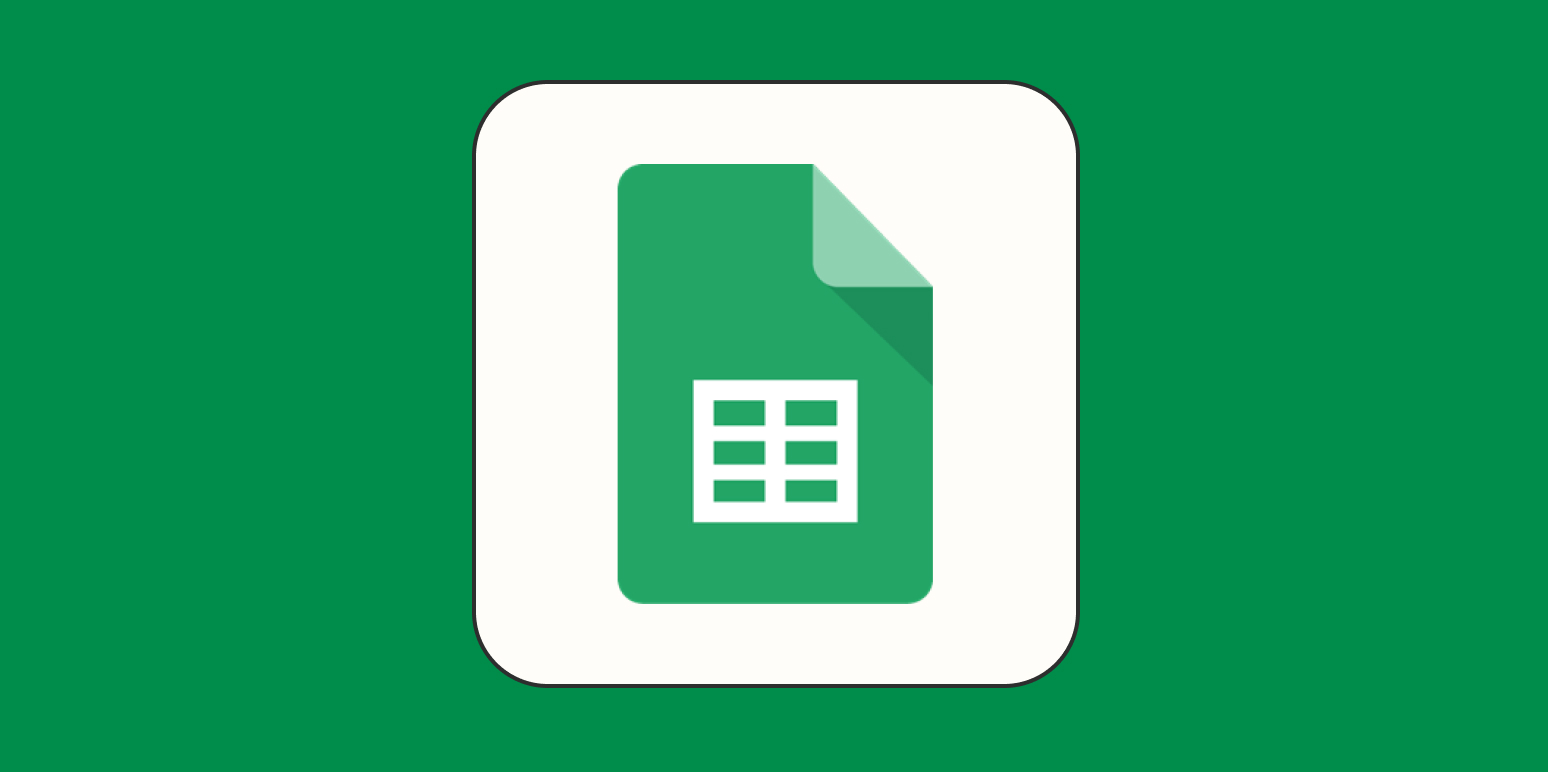
Google Sheets has quietly become one of the most flexible and collaborative tools for managing to-do lists, whether for personal productivity or team project tracking. What sets it apart is its combination of customization options, cloud accessibility, and real-time updates, which makes it far more adaptable than traditional dedicated task apps. With a simple template, users can track tasks, assign deadlines, mark priorities, and collaborate seamlessly with colleagues or family members—no software download required. Any updates made in the spreadsheet are instantly visible to all participants, ensuring everyone stays on the same page and reducing the risk of missed tasks.
Another key advantage is integration: Google Sheets connects effortlessly with other Google Workspace tools and can pull in data from various sources, automating progress reports and providing real-time analytics. For remote teams, this cloud-based approach is invaluable, supporting both accountability and transparency.
Productivity consultant Dr. James Williams explains why spreadsheet-based task management works so effectively: "The tabular format provides a natural structure for organizing work, while the flexibility of cells allows for customization that rigid task apps simply cannot match. Most importantly, the barrier to adoption is nearly zero since most people already understand spreadsheet basics."
The formula capabilities transform Google Sheets from a simple list into a powerful productivity engine. By implementing conditional formatting, users can create visual cues that highlight approaching deadlines or overdue items. Teams can incorporate countIF formulas to generate automatic progress metrics, turning task management into actionable data. One marketing team reported saving approximately 3.5 hours weekly by consolidating their previously scattered task systems into a single collaborative Sheet.
For cross-functional teams, the ability to create multiple views of the same underlying data proves particularly valuable. Engineers might filter for technical tasks, while designers focus on creative deliverables—all working from the same master list. This eliminates the all-too-common problem of conflicting priorities and misaligned deadlines.
The mobile accessibility of Google Sheets further enhances its utility as a to-do list. Updates can be made on the go, and the offline mode ensures that even without internet connectivity, users can continue managing their tasks. When connection is restored, changes sync automatically, creating a seamless experience across devices and locations.
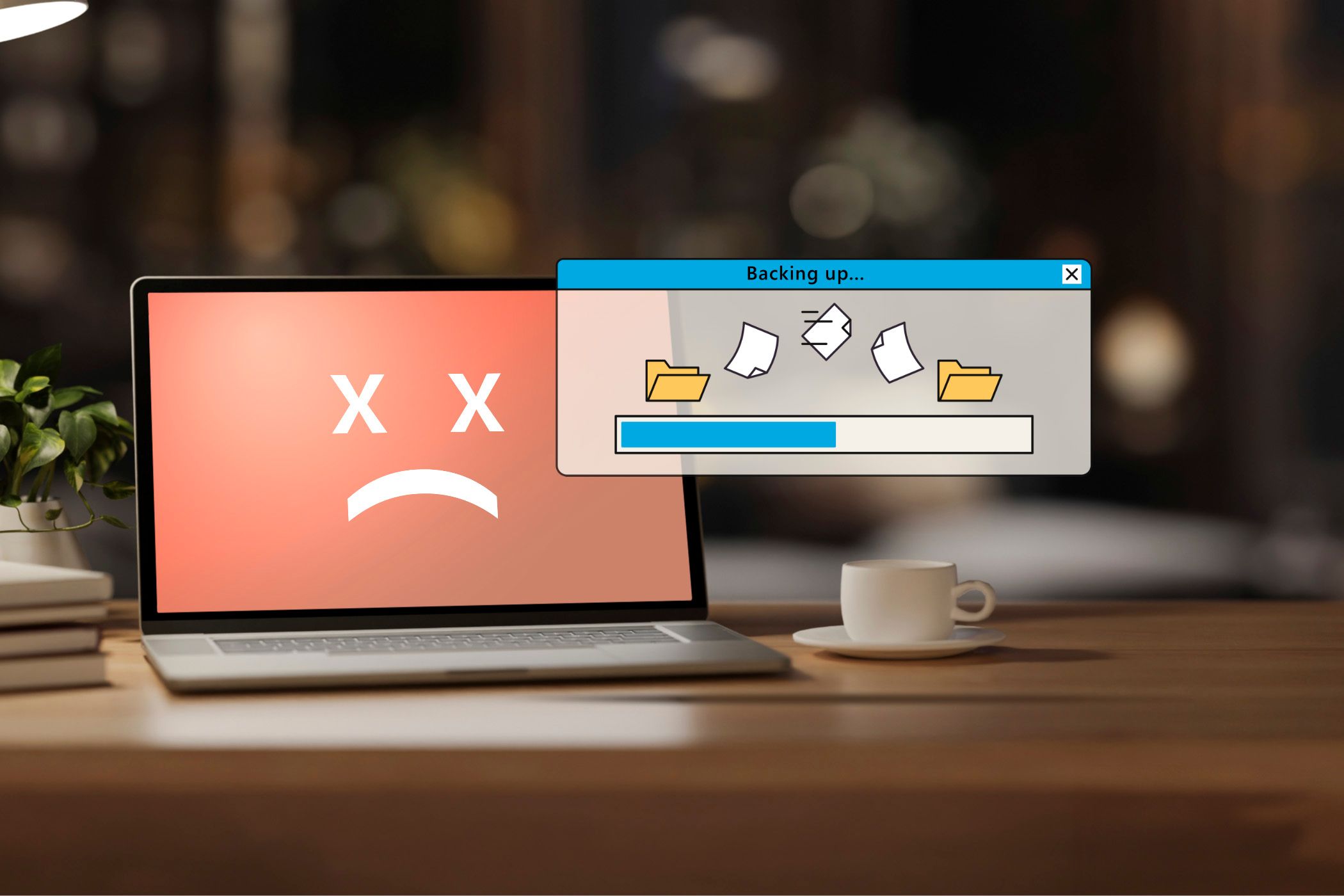
Backing up your data may offer peace of mind, but as one cautionary tale reveals, it's only half the battle. The shocking moment when you realize your backup—and your sense of security—are both useless can lead to irreversible data loss and immense frustration. In this premium story, the author recounts how a hardware failure rendered their laptop unusable just as a critical deadline loomed. Despite religiously backing up files to the cloud, restoration failed due to missing data, unnoticed errors, and untested processes. The key lesson: automatic backups are not a set-it-and-forget-it solution. False confidence in automated systems can lull even the most tech-savvy users into neglecting the crucial step of testing whether their backups actually work as intended.
The article delivers actionable advice for anyone dependent on digital storage. Step-by-step, it explains how to verify backups by regularly performing test restores—either of individual files or, periodically, an entire system. It emphasizes watching for error messages, checking timestamps, and ensuring integrity rather than just assuming backup software is foolproof.
Data recovery specialist Michael Chen shares a sobering statistic: "Approximately 42% of backup restoration attempts encounter issues that prevent full recovery, yet only 15% of users ever test their backups before an actual emergency." This disconnect between perceived and actual data security represents a significant vulnerability for both individuals and organizations.
The recommended testing protocol involves quarterly restoration drills where users select critical files across different formats—documents, images, databases—and verify not just their presence but their functionality. For businesses, this might mean ensuring that database backups properly maintain relational integrity, while for photographers, it could involve checking that image metadata remains intact.
Particularly concerning are incremental backup systems that may appear to be working while actually failing to capture changes properly. Without regular testing, these errors compound over time, creating an increasingly divergent gap between what users believe is backed up and what can actually be recovered. Several real-world examples highlight how verification would have prevented catastrophic data loss: a novelist who lost three chapters of work, a small business whose financial records were corrupted, and a family whose irreplaceable photos were never properly uploaded despite "completed" backup notifications.
The author recommends building a simple but consistent testing routine: mark calendar reminders, document the testing process, and maintain multiple backup solutions with different verification schedules. This redundant approach acknowledges that no single system is infallible and creates multiple layers of protection against data loss.
